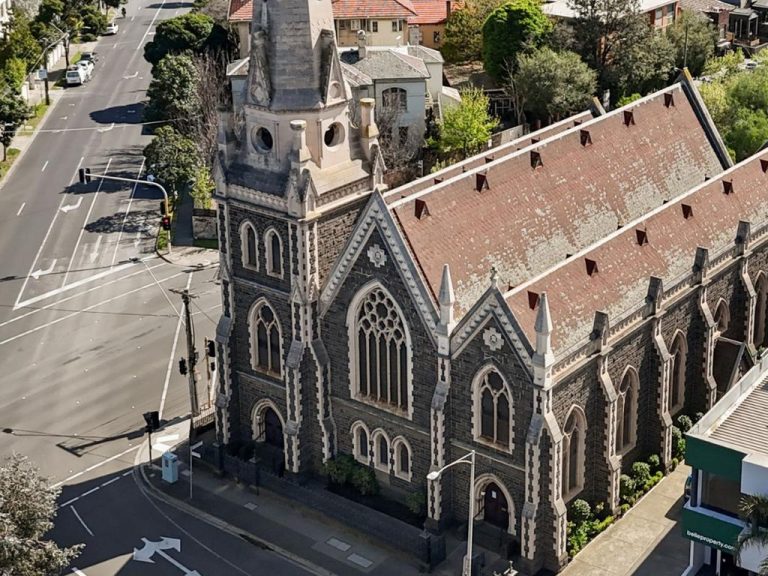Melbourne moves: businesses shift from suburbs to city

There’s a shift on in Melbourne, with major business moving out of their suburban homes and into the CBD.
A new report shows 16 companies moved from the suburbs to the CBD and its fringe in the past 12 months – up from three in the previous 12 months.
The Jones Lang LaSalle report The Melbourne CBD: What is driving centralisation? says there are several factors behind the move, including cost savings, a desire to shift corporate identity and changes in the way people are working.
Jones Lang LaSalle Research Manager Victoria Kimberley Paterson says the report shows that in the past five years 42 major tenants moved into the CBD from suburban locations.
It names Lion (National Foods), Origin Energy, Melbourne Water, Bupa, Suncorp and Catholic Church Insurers among the companies that have made the shift.
“Our analysis shows 85% of these occupiers have relocated to the periphery of the CBD, with very few locating to the core CBD itself,” Paterson says.
Jones Lang LaSalle Director of Office Leasing (Victoria) Ashley Buller says Melbourne’s CBD vacancy rate has substantially increased this year.
“We have a vacancy rate of 10% in the Melbourne CBD,” Buller says. “It coincides with a lot of new buildings going up in Docklands.”
But Buller says there are also plenty of incentives, such as full fit-outs, being offered to help entice tenants into the CBD and its fringe.
“Incentives are quite high, higher than they have been in a long time,” he says.
The report found one of the drivers of the shift is the changing face of the CBD, with more apartments being built and increasing numbers of people calling the city home.
Buller believes this is a compelling reason for companies to centralise from the suburbs.
“Obviously with the number of apartment complexes being built in the city, and the trend towards living in the city, it is easier for employers to attract and retain staff if they are in the city,” he says.
“From a geographical point of view, it allows you to source employees from all geographical areas.”
Paterson says another key driver of the shift to the CBD and its fringes is proximity to public transport, with about 30% of CBD workers commuting on public transport.
“Companies are increasingly seeking enhanced corporate identity through location,” she says. “Connectivity to the CBD and surrounds allows firms to have closer proximity to clients and competitors.”
Buller doesn’t believe the centralisation of businesses to the Melbourne CBD is necessarily a trend that is here to stay.
He believes that as the vacancy rate starts to come down – as it’s forecast to do within the next two to three years – incentives will start to fall.
“Rents will go up and they will move back out again. It’s a cycle,” he says.







